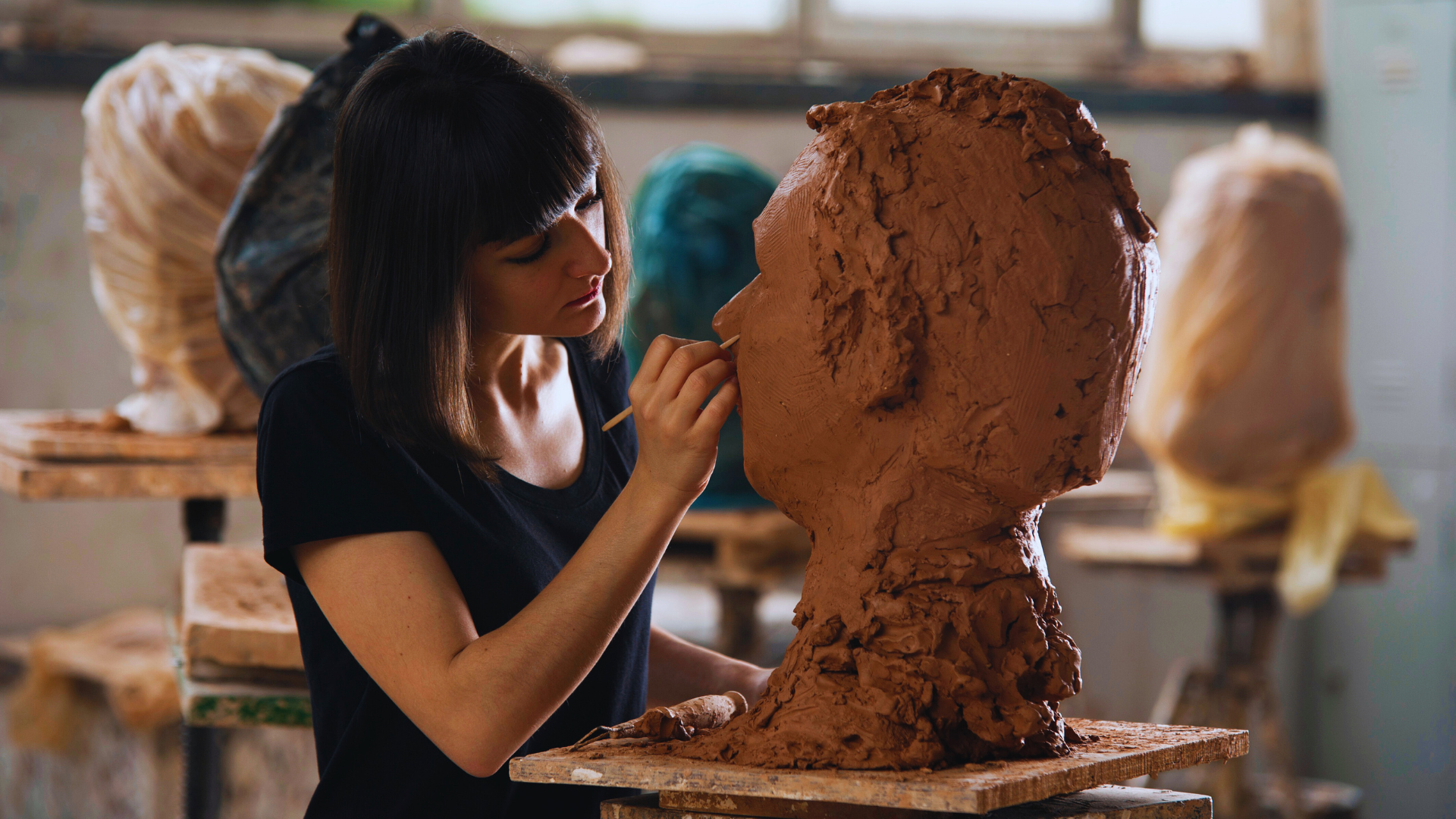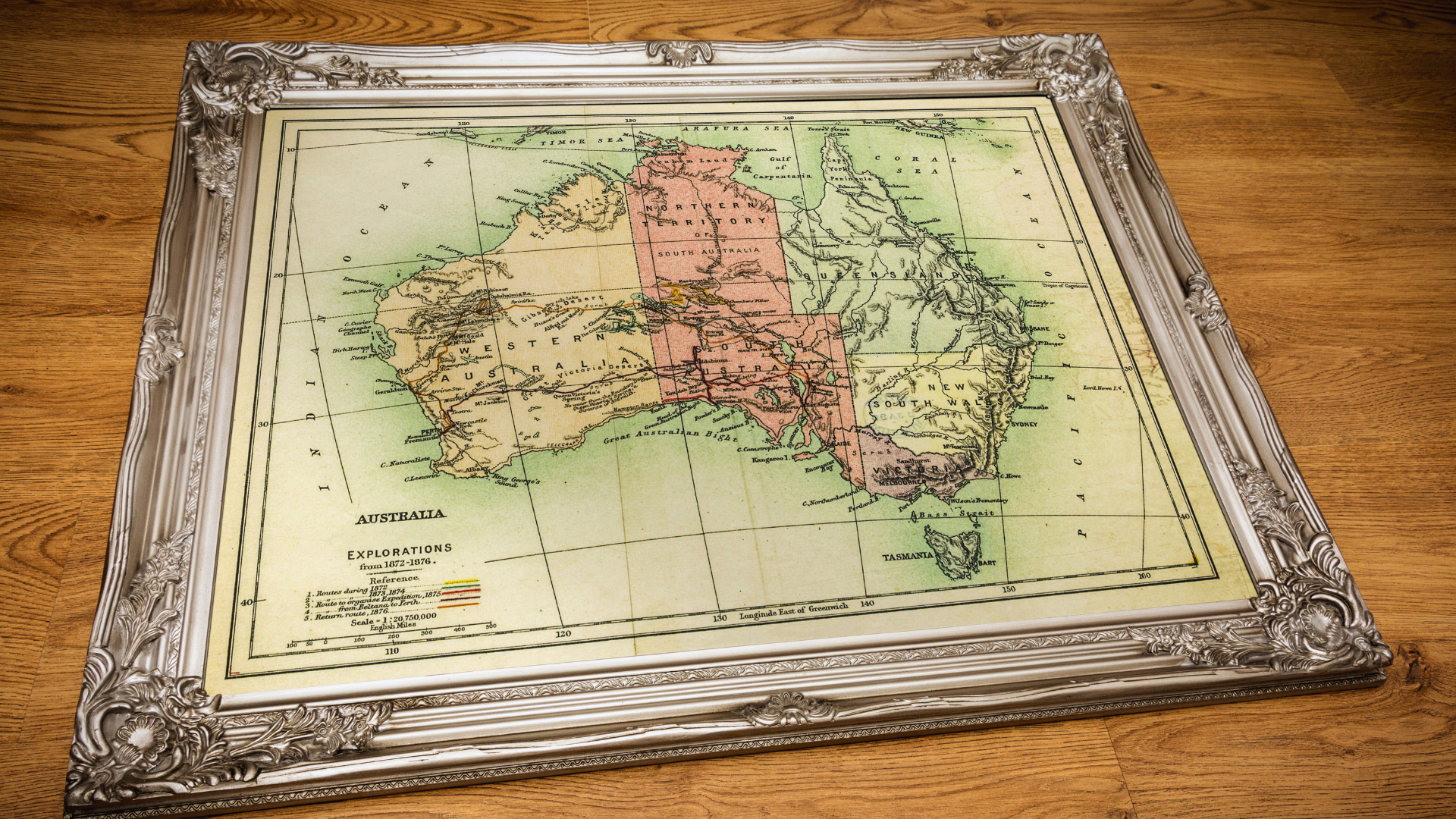The allure of ancient architecture and artifacts continues to inspire many today, offering a glimpse into the ingenuity of past civilizations. DIY projects inspired by these historical elements not only allow individuals to create unique pieces for their homes but also serve as a way to connect with history. By integrating classical designs and techniques, DIY enthusiasts can transform their spaces while honoring the legacy of ancient cultures.
Exploring the rich heritage of various ancient civilizations opens up a world of creative possibilities. From replicating decorative elements found in Greco-Roman structures to crafting replicas of artifacts like pottery or sculptures, each project offers a unique opportunity for personal expression. Engaging in these crafts encourages appreciation for the artistry and skill of those who came before, making the creative process both educational and rewarding.
Whether one is looking to create decorative items, furniture, or smaller art pieces, the fusion of modern DIY techniques with ancient inspirations can lead to exceptional results. With accessible resources and a bit of creativity, anyone can bring a touch of history into their home.
Examining the Foundations of Ancient Architecture
Ancient architecture reflects the ingenuity of civilizations shaped by their geography and resources. By studying significant elements and innovations from different cultures, a clearer picture emerges of how these early structures have influenced modern design.
Influence of Geography and Materials
Geography played a crucial role in determining architectural styles. Ancient civilizations utilized available materials effectively based on their surroundings. For example, the Egyptians built the pyramids using limestone and granite sourced from nearby quarries.
In contrast, ancient Greece relied on local marble for its temples, influenced by the mountainous terrain. The choice of materials not only impacted structural integrity but also affected aesthetic appeal. It is evident that the natural landscape directly shaped the evolution of architecture in these regions.
Key Architectural Elements in Ancient Egypt
Ancient Egyptian architecture is characterized by monumental structures, particularly the pyramids. These pyramids served as tombs for pharaohs and were built to last for eternity. The Great Pyramid of Giza is a prime example, illustrating advanced engineering techniques for its time.
Key elements also include massive stone columns, hieroglyphics adorning interior walls, and obelisks. Each of these features carries historical significance, reflecting the culture’s beliefs in the afterlife and the divine. The alignment of structures with celestial bodies demonstrated their deep connection to astronomy.
Structural Innovations from Ancient Greece and Rome
Ancient Greece introduced key innovations like the use of columns, which enhanced both strength and beauty. The Doric, Ionic, and Corinthian columns each had distinct designs and purposes. This diversity provided flexibility in architectural expression.
Ancient Rome advanced these concepts further through the invention of the arch and the dome, essential for larger, more complex buildings. Structures such as the Colosseum and Pantheon showcase these elements, indicating a shift towards public spaces.
These innovations allowed for expansive structures and improved functionality, impacting subsequent architectural styles throughout history. The blend of practical engineering with artistic flair set a standard still appreciated in modern architecture.
Hands-On DIY Projects Inspired by Ancient Civilizations
Exploring hands-on projects allows individuals to connect with the rich history of ancient civilizations. These activities foster creativity and learning while providing insights into the techniques and artifacts of early cultures.
Building Egyptian Pyramid Models
Creating a model of the Egyptian pyramids can be both educational and fun. To start, gather materials such as cardboard, foam, or clay.
- Choose the Pyramid: Select a specific pyramid, like the Great Pyramid of Giza, for inspiration.
- Design: Use a protractor and ruler to outline the base and calculate the slope angles.
- Construction: Carefully cut and assemble the materials to mimic the pyramid’s shape.
Paint it with sandy colors to accurately represent the desert surroundings. This project not only enhances understanding of ancient Egyptian engineering but also sparks interest in architecture.
Crafting Papyrus Paper and Hieroglyphics
Crafting papyrus paper connects students to ancient Egyptian writing methods. Materials needed include strips of dried reeds, a flat surface, and a weight for pressing.
- Prepare the Reeds: Cut the reeds into 1-inch strips.
- Layering: Overlap the strips in a horizontal manner, then layer another set vertically.
- Pressing: Cover the arrangement with a flat surface and apply weight for several days.
Once the paper dries, use it to write hieroglyphics. Employ resources or guides to recreate symbols and convey messages, enhancing understanding of this ancient form of communication.
Recreating Mesopotamian Ziggurats
Building a Ziggurat model offers insight into the architectural advancements of ancient Mesopotamia. Start with cardboard or modeling clay for construction.
- Base Layout: Create a square base, preferably 3-4 tiers high, representing the multi-storied ziggurat design.
- Construction: Gradually ascend each layer, ensuring each tier is smaller than the one below it.
- Details: Add decorative elements, such as miniature trees or water features around the base, reflecting the environment these structures stood in.
This project illustrates the significance of religion and governance in Mesopotamian society.
Roman Mosaic Art for Modern Spaces
Mosaic art offers a hands-on way to explore Roman aesthetics. Collect materials like colored tiles, glass, or even paper.
- Design Planning: Sketch a design on paper. Popular motifs include geometric patterns or nature themes.
- Base Surface: Prepare a plywood or canvas base for the mosaic.
- Assembly: Adhere the pieces carefully onto the base, advocating patience and creativity as they form their designs.
Seal with grout to finish. The final artwork serves as a vibrant addition to living spaces and a conversation starter about ancient craftsmanship.
Exploring Cultural Meanings and Symbolism
Cultural artifacts and architectural designs from ancient civilizations convey deep meanings and represent various beliefs. Each civilization integrated its religious, social, and artistic narratives into its creations, showcasing the values it held dear.
Interpreting Egyptian Art and Deities
Egyptian art is steeped in religious significance, often portraying gods such as Ra, Osiris, and Isis. These deities were depicted in human and animal forms, symbolizing their powers and attributes.
Key Aspects:
- Hieroglyphs: Used to communicate with the divine, these symbols appear in temples and tombs.
- Symbolism: Color and posture in artwork convey messages; for example, blue often represents fertility, while red may indicate chaos.
Crafting DIY projects inspired by these elements can lead to a greater understanding of their intended meanings.
Telling Stories Through Ancient Greek Mythology
Ancient Greek mythology has profoundly influenced art and literature. Myths about heroes such as Hercules and gods, including Zeus, served both educational and religious purposes.
Significant Elements:
- Sculptures: Marble statues depicted mythological scenes, emphasizing human emotion and divinity.
- Pottery: Illustrations on pottery often depicted mythological events, providing a narrative of culture and beliefs.
DIY projects that incorporate these themes can help individuals connect with Greek heritage and storytelling traditions.
Symbolic Patterns in Roman and Chinese Art
Both Roman and Chinese art are rich in symbolism, reflecting social and political themes. Roman mosaics often depicted victories, whereas Chinese art incorporated motifs like dragons to symbolize power and good fortune.
Notable Features:
- Roman Architecture: Columns and arches symbolize strength and innovation in engineering.
- Chinese Artistic Values: Nature motifs emphasize balance and harmony within art.
Engaging with these symbols through DIY projects can foster appreciation for the artistic narratives these cultures have shared throughout history.
Modern Adaptations and Creative Extensions
This section explores the integration of traditional techniques into contemporary decor, educational projects that engage both classrooms and families, and the importance of safety and sustainable material use in DIY projects inspired by ancient architecture and artifacts.
Incorporating Traditional Techniques in Contemporary Decor
Modern interpretations of ancient architectural styles can transform everyday spaces. For instance, artisans often incorporate molding and decorative plasterwork inspired by classical designs.
Using natural pigments for paint, reminiscent of ancient Roman techniques, can enhance the authenticity of decorative projects. Techniques such as tessellation found in Islamic architecture create beautiful, intricate tile arrangements in bathrooms or kitchens.
By incorporating traditional craftsmanship, individuals not only add character to their homes but also celebrate cultural heritage, telling the story of the world’s architectural journey.
Educational Projects for Classrooms and Families
Teachers and families can engage children with hands-on projects that reflect ancient cultures. Coloring pages featuring famous structures like the Parthenon or the Colosseum can spark interest in history and architecture.
Building simple models of ancient artifacts or structures helps to visualize their significance. Using materials commonly found at home, families can recreate the Roman arch or a Greek column, encouraging discussions about the purposes of these designs.
Incorporating lessons about historical contexts, including the stories of soldiers who built such structures, adds depth to these activities, making learning interactive and enjoyable.
Ensuring Safety and Sustainable Material Use
Safety should always be a priority in DIY projects. Wearing safety goggles protects eyes during activities involving cutting or assembly.
Using sustainable materials, such as reclaimed wood or non-toxic paints, aligns modern projects with environmentally friendly practices. This approach reflects ancient builders’ respect for natural resources, ensuring that contemporary adaptations do not compromise ecological integrity.
Moreover, sourcing materials from local suppliers not only supports the community but also reduces the carbon footprint associated with transportation. This conscientious planning enhances the overall value of the project.




